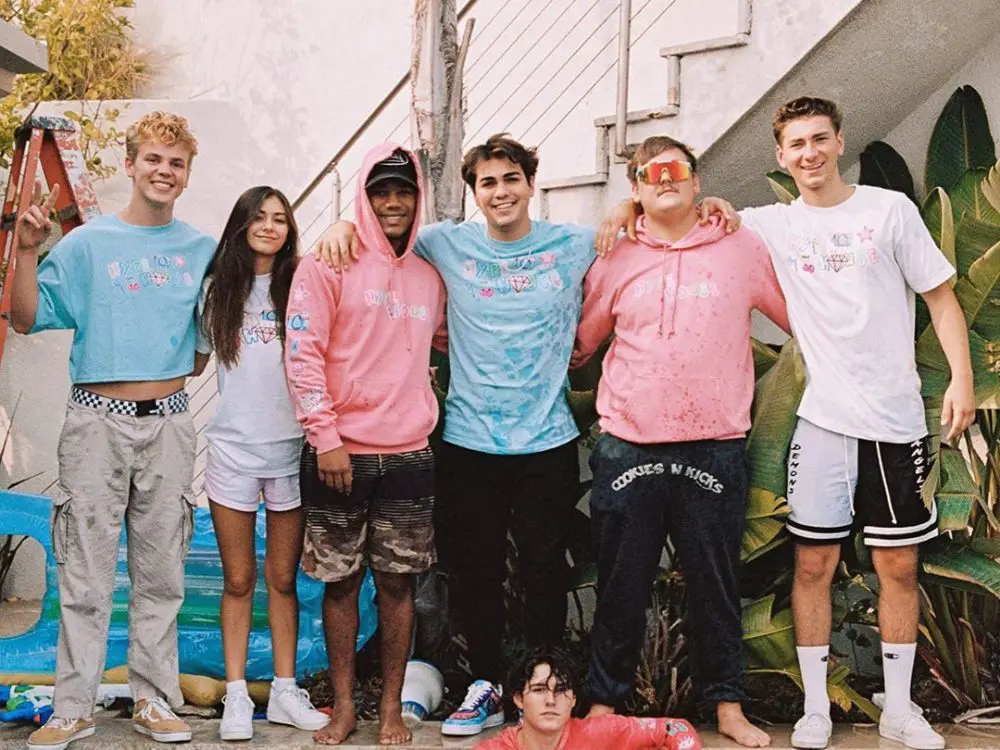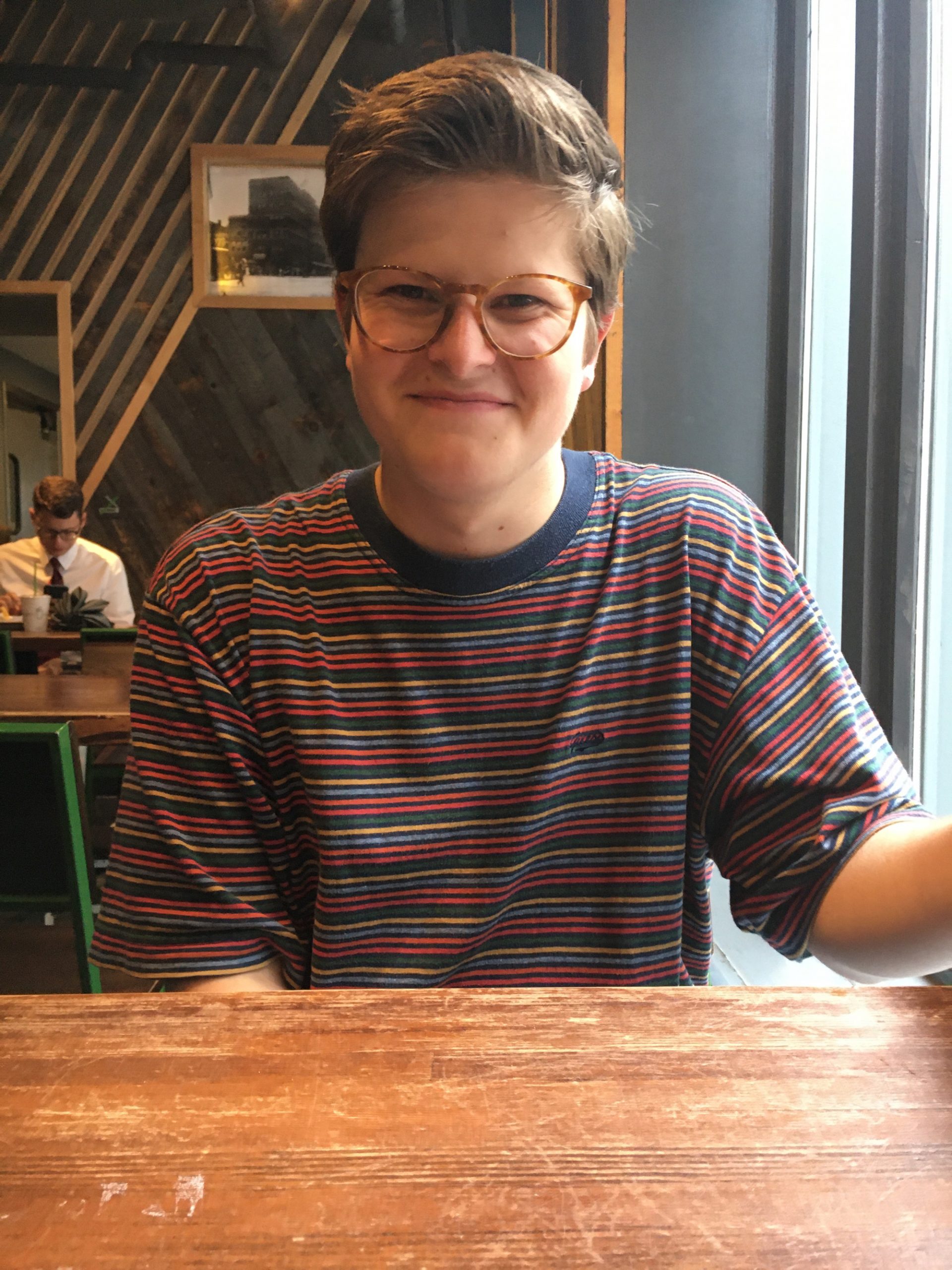Toward the middle of the 19th century, clusters of artists gave up urban living for a quiet life in the countryside. This change of scenery enabled a deeper focus on art-making, allowing communities of fellow creators to build from one another. Artists like Thomas Cole, Asher Brown Durand and Albert Bierstadt punctuated this movement. Fast forward over a century and a half later, and Generation Z is rebranding the idea: Groups of 10 to 20 content creators on TikTok and Instagram are swarming immaculate Los Angeles mansions. In these communities, they claim to have found safe spaces for better content production, and also enjoy the encouragement from one another.
While the Hudson River School was a byproduct of the Romanticism movement, this contemporary inclination to buy out large homes is nowhere close to being as culturally rooted. Sure, paintings like “The Oxbow” now hang in the Metropolitan, but what will become of the bite-sized dance and lip-syncing videos?
A hundred years from now, I can’t imagine art curators will be inclined to treat TikTok videos as some genuine art medium, yet purchasing and moving into these homes certainly shifts the dynamic — the adoption of a physical space actualizes these content creators’ work and intentions. Social media posts might be immaterial, but the Los Angeles mansions they’re produced in certainly are not.
Anyone familiar with these collectives, colloquially known among young consumers as “collab houses,” understands the sheer volume of their presence. A quick Google search conjures numerous groups of 20-somethings, decked out in designer clothing and standing before some looming, stately home. For the sake of concision, I’ll pinpoint two that continue to reassert themselves across my Twitter feed: Hype House and Sway House.
@thehypehouse hype bus coming soon…… @lilhuddy @jack.wright @bts_official_bighit
These two groups offer up relatively similar content, where various TikTok stars, often white and often shirtless, will choreograph a dance, document shenanigans and even advertise products. Sometimes, a single video will check all of those boxes at once.
A luxurious lifestyle comes with the territory, but Taylor Lorenz uncovered that one must labor to stay consistent and relevant on TikTok: As Thomas Petrou noted, “There’s probably 100 TikToks made here per day. At minimum.”
Their video-recording equipment and editing software serve as a means of production that upkeep these living spaces: The mansions are both the foundation and payoff for moving into these creator collectives. This adoption and performance of late capitalism, while radical, remains faithful to its native economic system. Such a dynamic points to precisely why these collectives will survive for at least a few years; even after the groups themselves move out, the mansions will linger.
Jake Paul’s defunct “Team 10” house, whose social relevancy ultimately tanked back in 2018, exemplifies why the actual functioning of content collectives is much more theoretical than when put into practice. Paul brought in several young, impressionable influencers who vied for recognition. He then inundated the group’s reputation through countless parties and unsavvy public stunts.
Most audiences learned to write Paul off for his behavior, but Sway House has proved that entitlement still runs amok in these young adult collectives. Back in August, the group was condemned by the city for throwing parties during a global pandemic.
Around 15 years ago, social media remained in its genesis. While platforms once catered to those who wanted to share a photo or simply keep up with friends, apps like TikTok have shifted what it means to have a following. Rather than rely on chatrooms or virtual meeting spaces, the concept of flocking to literal mansions where they can plan and put out content marries the incorporeal body of social media with young America’s bleeding interest in materialism.
As a result, viewers come to recognize and anticipate not only the creators themselves in videos, but specific bedrooms, bathrooms and housemates, too. Merchandising and branding is no longer restricted to T-shirts and sweaters; it redefines the actual ground they walk upon. Of course, while these members of TikTok ascendancy won’t ever invite fans in, the commodification of their living space still keeps viewers engaged.
Monetary gain is, without a doubt, a central thread pulled throughout all of these operations, regardless of whether it’s the teens raking it in, or some brand representative or parent counting cash behind a velvet curtain.
In a period of economic strife where millions of young adults are forced to reconcile with stifled income, a poor job market and even moving back in with parents, there’s something subversive about buying out a large house with close friends and reaping the benefits. This is still an inherent performance of privilege but, conceptually, I’m endeared to this hybrid of lifestyle and industry.
The “next big thing” once related to internet fads and vapid trends, but content creator collectives signify a material shift in what this means in the realm of social media. Now that young adults are moving into mansions and buying cars before they hit 21, they’re likely laughing all the way to the bank when paychecks roll in. This opulence begs an important question: Will the culture of these collectives last any longer than the cursory videos that propelled them to fame in the first place?

















